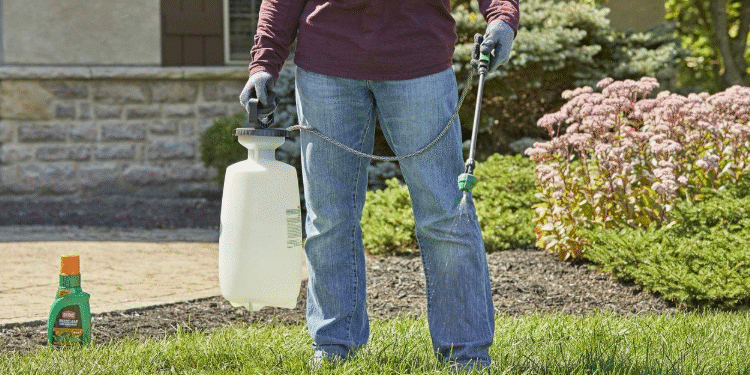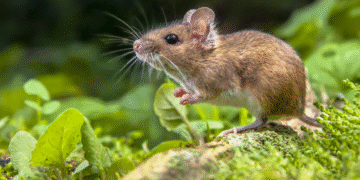A lush, weed-free lawn is every homeowner’s dream. But weekends with a rake or weed killer aren’t appealing. The good news? With the right knowledge and practices, you can have a healthy, green yard without exhausting work.
Understanding the Lawn Ecosystem
Your lawn is more than grass. It’s an ecosystem of soil, microbes, grasses, and weeds. To manage it, understand how this system works.
The Importance of Soil Health
Healthy lawns start with healthy soil. If the grass struggles, the issue is likely underground. Good lawn soil is rich in organic matter, drains well, and has a pH of 6.0–7.0.
Start with a soil test. Use a kit or bring a sample to a garden center. Then, add lime to raise pH, sulfur to lower it, or compost to boost nutrients.
Aeration and Drainage
Over time, foot traffic and compacted soil block air, water, and nutrients from roots. Aerate—meaning to use a tool or machine to poke holes in your lawn—once or twice a year to help these essentials reach deeper into the soil.
Good drainage prevents puddles, root rot, and moss. Fix issues with grading or French drains.
Choosing the Right Grass for Your Climate
The type of grass affects your lawn’s health and maintenance. Using the wrong type means more work and less success.
Warm vs. Cool Season Grasses
Warm-season grasses, such as Bermuda, St. Augustine, and Zoysia, thrive in the southern heat and turn brown in the cooler months. Cool-season types, like Kentucky Bluegrass, Fescue, and Ryegrass, thrive in northern winters.
Select a grass type suitable for your region for enhanced durability, faster recovery, and natural resistance to pests and weeds.
Lawn Maintenance Made Simple
You don’t need to spend hours each week on lawn care. Simple habits help your lawn thrive with minimal effort.
Mow Smarter, Not Harder
Mowing height affects weeds. Cutting lower isn’t better; taller grass shades soil, blocks weed seeds, and cools roots.
Set mower blades to 3 inches and keep them sharp. Dull blades tear grass, causing stress and disease. Avoid mowing wet grass to prevent clumping and compacted soil.
Water Deeply, But Infrequently
Lawns don’t need daily watering. Water deeply 1–2 times a week for deep roots and drought tolerance.
Water early in the morning to reduce evaporation and lower disease risk.
Are you unsure how much water your lawn receives? Place a can on the grass. When it fills to an inch, stop watering.
Feed Your Lawn at the Right Time
Fertilize for healthy growth but not excessively or at the wrong time of year. Feed cool-season grasses in spring and fall; warm-season grasses in late spring and summer.
Use slow-release fertilizer for steady nutrients. Compost or liquid seaweed are balanced, organic options with no chemicals.
If unsure about your fertilizer, visit this link for expert grass-specific tips.
Weed Prevention Without the Headache
Weeds signal a weak lawn. Strengthen your turf, and weeds will fade. Use extra methods for stubborn weeds if needed.
Mulch Bare Spots
Weeds thrive in bare spots. Cover bare ground with mulch or reseed quickly. Mulch also retains moisture and enriches the soil as it breaks down.
Use Natural Pre-Emergents
Pre-emergents are products that prevent weed seeds from growing. Corn gluten meal, a natural pre-emergent, also provides light fertilization. Apply it in early spring to block most weeds before they start.
Pull Early, Pull Often
Pull weeds, roots and all when you see them. Mature weeds spread seeds. Keep a hand tool nearby for quick patrols.
Go Low-Maintenance with Lawn Alternatives
If traditional lawns feel overwhelming, try low-maintenance, eco-friendly options.
Ground Covers
Creeping thyme, clover, and moss make dense, green carpets with little mowing. Some are drought-tolerant and bloom for extra beauty.
Artificial Turf
Modern synthetic grass appears natural and eliminates the need for mowing, watering, and fertilizing. It’s ideal for small or shady areas where grass struggles.
Xeriscaping
Xeriscaping utilizes drought-tolerant plants, gravel, and mulch to minimize watering requirements. This landscaping method creates a weed-resistant, beautiful yard that’s almost maintenance-free.
Creating Healthy Lawn Habits
Lawn care isn’t about doing everything at once. Build steady habits for long-term health.
Keep Your Tools Clean and Sharp
Dirty tools spread disease. Rinse after use. Sharpen mower blades yearly for clean cuts.
Observe and Adjust
Walk your yard weekly. Spot problems or pests early to prevent bigger issues.
Encourage Biodiversity
One type of grass is vulnerable to pests and diseases. Add ornamental grasses, flowers, or shrubs to attract pollinators and beneficial insects.
Final Thoughts
A lush, weed-free lawn isn’t hard. With the right strategy, your yard can look professional with little upkeep. Start with healthy soil, the right grass, and simple habits. Small steps watering deeply, mowing high, pulling weeds add up.
Lawn care isn’t about perfection, but progress. Take consistent, small steps and enjoy your yard. For help, visit the link for expert tips tailored to you.










